We all want students to engage with meaningful stories that spark discussions and broaden their horizons. But what do you do when the books you want to share get challenged or cause a bit of a stir?
In this blog post, we've compiled a list of five fantastic alternatives to commonly challenged books that are not only thought-provoking but also less likely to raise eyebrows. While we can’t guarantee that these alternatives won’t cause any issues, we do know that in terms of content, they’re much milder than their counterparts.
Challenged Book: The Absolutely True Diary of a Part-Time Indian, by Sherman Alexie
The story: Frustrated by the limited opportunities within his community, Junior, a Native American teenager, decides to attend a predominantly white high school off the Spokane Indian Reservation. There, he faces a new set of struggles as he tries to balance his cultural identity with the challenges of fitting in among his peers. The book chronicles his journey of self-discovery while exploring themes of resilience, friendship, and the power of education.
Why it’s challenged: Some parents and school officials have expressed concerns about the book’s explicit language, sexual content, and references to drug and alcohol use, believing that these elements are inappropriate for young readers. On a broader scale, Sherman Alexie has faced allegations of sexual misconduct, leading to further controversy surrounding his novels.
Alternative: Piecing Me Together, by Renée Watson
The story: Jade Butler, a student from a predominantly black neighborhood, is a young artist with big dreams, but she faces the challenges of navigating a world filled with racial and economic disparity. When she is given the opportunity to participate in a mentorship program for young women, she begins to question the inequalities that affect her life and those around her. Jade’s journey is characterized by her determination to be acknowledged for her talents despite societal barriers and expectations.
Connecting themes: While the books have different perspectives, they share a common thread of young characters striving to achieve personal growth. Both novels touch on the theme of socioeconomic inequality and the challenges faced by marginalized communities. Junior’s experiences on and off the reservation and Jade’s struggle for recognition reveal the systemic obstacles that affect their lives.
|
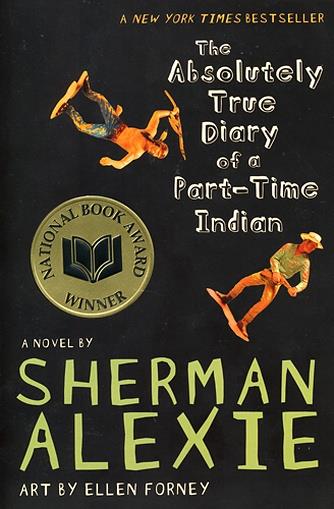
The Absolutely True Diary of a Part-Time Indian
Sherman Alexie
|
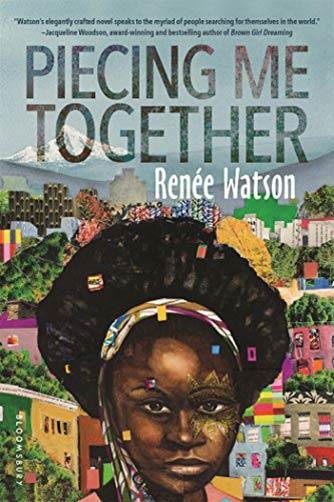
Piecing Me Together
Renée Watson
|
Challenged Book: Looking for Alaska, by John Green
The story: Teenager Miles “Pudge” Halter enrolls in Culver Creek Preparatory High School, where he meets the enigmatic and adventurous Alaska Young. As Pudge and his new group of friends navigate the complexities of adolescence, they grapple with love, loss, and the search for meaning. After a tragic accident upends their world, Pudge and his friends try to find answers to the mysteries surrounding Alaska.
Why it’s challenged: Parents have taken issue with the book’s explicit language and its characters’ discussions about sex. Some also believe Looking for Alaska glorifies underage drinking, smoking, and substance use, though the novel’s core themes seem to suggest otherwise.
Alternative: Stargirl, by Jerry Spinelli
The story: Leo Borlock finds his life at Mica Area High School completely changed when the free-spirited Stargirl Caraway arrives. Formerly homeschooled, Stargirl stands out with her unconventional clothing and quirky behavior. At first, her classmates are both fascinated and puzzled by her, but as time goes on, the school’s culture of conformity pressures Stargirl to change.
Connecting themes: Both novels explore the pressures to find purpose, form an identity, and discover a place to belong. Alaska and Stargirl are both considered “outsiders” in their respective stories, though their acts of rebellion are certainly different; Alaska plays pranks, smokes, and drinks, whereas Stargirl tries to spread positivity through random acts of kindness.
Though both novels take place in high school, their target audiences aren’t the same. Looking for Alaska is usually marketed toward older teens, while Stargirl appeals more to upper middle- and early high- school readers. Some students may also find Stargirl’s unwavering optimism unrealistic and one dimensional.
|
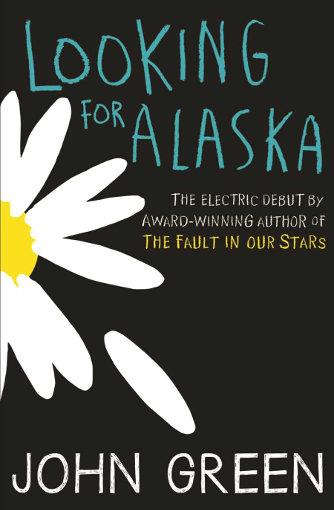
Looking for Alaska
John Green
|
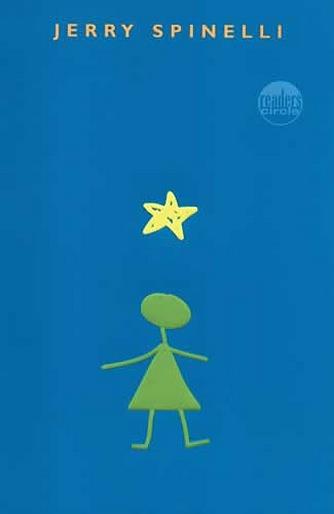
Stargirl
Jerry Spinelli
|
Challenged Book: All American Boys, by Jason Reynolds and Brendan Kiely
The story: Told from alternating perspectives, All American Boys follows the story of Rashad, a black teenager who is brutally assaulted by a white police officer, and Quinn, a white classmate who witnesses the incident. As Rashad’s case gains national attention, both boys grapple with their own beliefs and the responsibility to stand up for what’s right.
Why it’s challenged: All American Boys addresses the issues of police brutality and systemic racism, two controversial subjects in light of current events. Some believe these topics are too difficult to discuss in an educational setting. In addition, the book’s violent scenes, including the beating of Rashad, may be too disturbing for younger readers. Profanity and mentions of alcohol and drug use can be found throughout.
Alternative: Ghost Boys, by Jewell Parker Rhodes
The story: Jerome, a 12-year-old boy, is shot and killed by a police officer while playing with a toy gun. Jerome becomes a ghost and witnesses the aftermath of his own death, as well as the experiences of other “ghost boys” who have also lost their lives to racial violence. The novel explores themes of racism, police brutality, and the impact of historical and contemporary injustices.
Connecting themes: Because Ghost Boys also addresses the issue of police brutality, it might not be the most ideal alternative to All American Boys if that’s what you’re trying to avoid. However, if you want students to examine the broader themes of injustice and the need for empathy, Ghost Boys is an excellent choice. Like All American Boys, the novel encourages readers to see the world from the perspective of marginalized voices and understand the challenges they face. Ghost Boys is also free from strong language and other mature content.
|
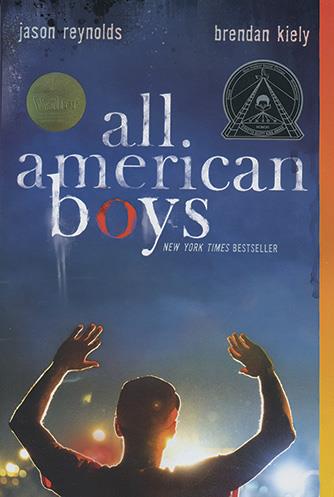
All American Boys
Jason Reynolds and Brendan Kiely
|
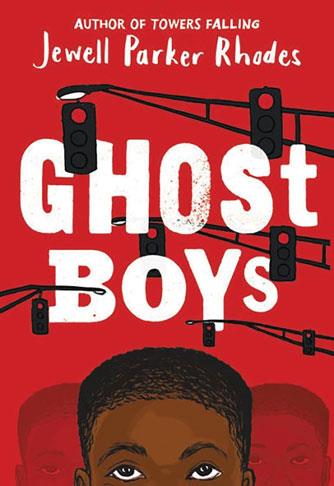
Ghost Boys
Jewell Parker Rhodes
|
Challenged Book: Thirteen Reasons Why, by Jay Asher
The story: Clay Jensen receives a series of cassette tapes recorded by his classmate, Hannah Baker, who died by suicide. On the tapes, Hannah explains the thirteen reasons why she took her own life, with each reason tied to a person who played a role in her decision. As he listens to the tapes, Clay becomes increasingly haunted by Hannah’s revelations and seeks to understand the events leading to her death, all while grappling with his own guilt.
Why it’s challenged: Because of its plot, some parents and educators have argued Thirteen Reasons Why romanticizes suicide, which could be harmful for younger readers, particularly those struggling with mental health issues. The novel also addresses bullying, self-harm, and sexual assault, potentially difficult topics for student audiences. Thirteen Reasons Why received even more criticism after a 2018 lawsuit alleged that author Jay Asher committed sexual misconduct.
Alternative: I Know What You Did Last Summer, by Lois Duncan
The story: After accidentally hitting a child while driving home from a party, teenagers Julie, Helen, Ray, and Barry make a fateful decision to leave the scene and keep their involvement a secret. The child ultimately dies, and the friends drift apart. A year later, they start receiving ominous messages indicating that someone knows what they did. As paranoia grips them, the friends must decide if they’re ready to face the consequences of their actions.
Connecting themes: Death, guilt, and the fear of exposure play significant roles in both novels, though Lois Duncan’s classic thriller approaches those themes without the suicide element. While Clay wasn’t directly to blame for Hannah’s death, he still feels immense guilt and remorse for not intervening when she was alive. Conversely, Julie, Helen, Ray, and Barry are responsible for the accident. Though they feel guilty, they’re mainly concerned about their secret coming to light.
I Know What You Did Last Summer begins with the death of a child, something readers may find distressing. In addition, the novel was originally written in the 1970s, but Duncan released a modernized version in 2010 that includes details like cell phones, email, and texting. The language may feel dated depending on which version your students read.
|
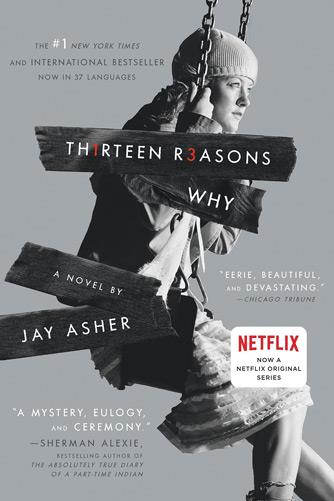
Thirteen Reasons Why
Jay Asher
|
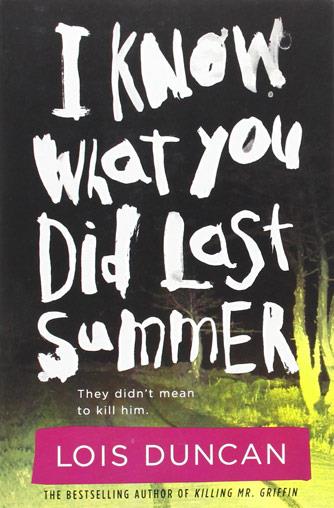
I Know What You Did Last Summer
Lois Duncan
|
Challenged Book: The Perks of Being a Wallflower, by Stephen Chbosky
The story: The Perks of Being a Wallflower is an epistolary novel that tells the story of Charlie, an introverted high school freshman, who writes letters to an anonymous friend about his daily life. As he navigates the challenges of school, Charlie becomes friends with step-siblings Sam and Patrick, who introduce him to a world of new experiences. The book explores themes of friendship, mental health, trauma, and the journey toward self-acceptance.
Why it’s challenged: Like other books on this list, The Perks of Being a Wallflower contains material that some parents find too mature for younger students, including sexual content, drug and alcohol use, profanity, and depictions of abuse, both emotional and physical.
Alternative: Harbor Me, by Jacqueline Woodson
The story: Six students–Haley, Esteban, Holly, Tiago, Amari, and Ashton–are placed in a special classroom for a weekly chat without the presence of a teacher. In these sessions, the students open up about their personal struggles, fears, and dreams. Some have troubles at home. Others are dealing with bullying and discrimination. As the students share their stories, they learn the value of empathy, acceptance, and understanding.
Connecting themes: Both titles emphasize the need for friendship and support when faced with difficulties. Charlie starts out incredibly introverted, but as he lets others into his life, his self-confidence improves. The students in Harbor Me experience similar growth. They start their sessions as strangers, but by the end of the story, they’ve learned to trust each other and form deeper connections.
Because it’s intended for younger readers, Harbor Me might not appeal to older students who enjoy books like Perks. The novel also explores heavy topics that may make some students and parents uncomfortable, such as incarceration, deportation, and racism.
|
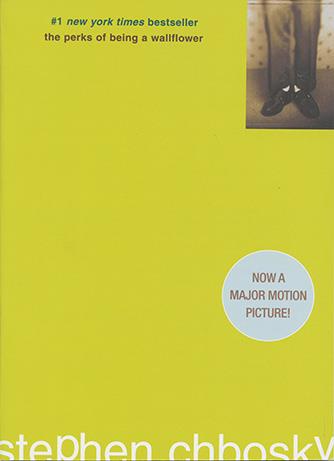
The Perks of Being a Wallflower
Stephen Chbosky
|
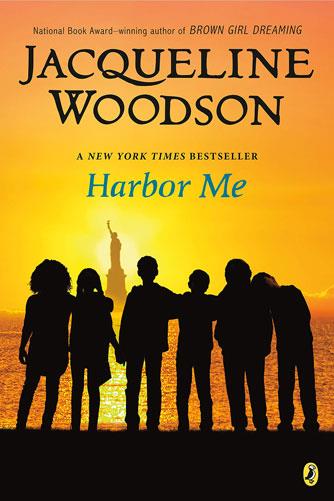
Harbor Me
Jacqueline Woodson
|